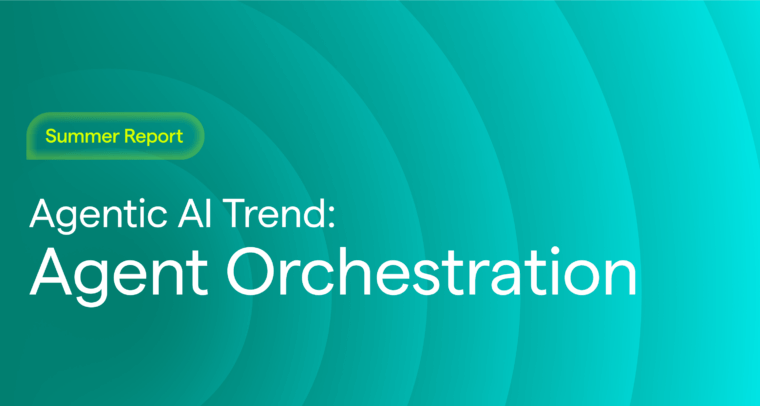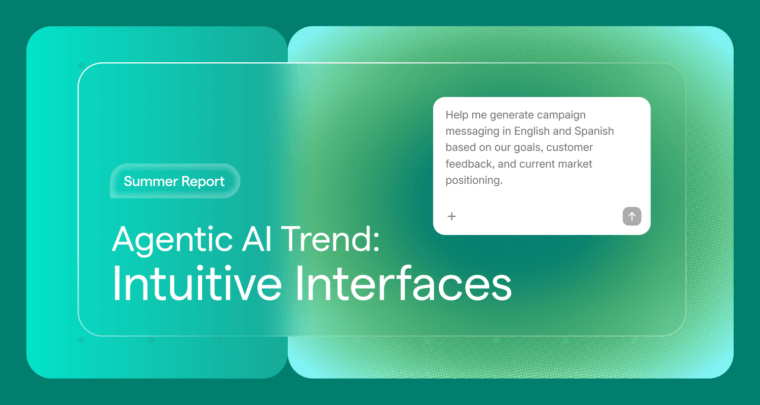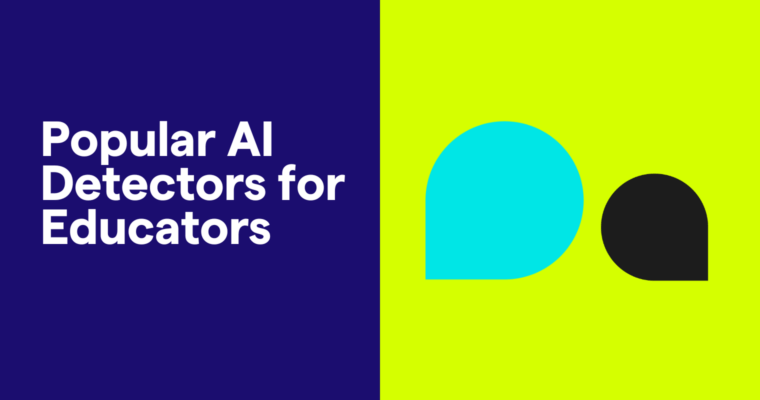
OpenAI’s applications have shaken up established tech giants like Google and inspired the creation of other AI research firms, like Anthropic. As generative AI platforms become more accessible and powerful, the company is at the center of the conversation. It also attracts a good bit of controversy.
In this article, we’ll cover OpenAI’s mission to create beneficial and safe AI for humanity, its unique nonprofit/for-profit structure, and the company’s models and applications. We’ll also discuss the advancements and limitations of OpenAI’s technology.
Table of contents
What is OpenAI?
OpenAI is an AI research company founded in 2015. Its founders are a group of tech investors, entrepreneurs, and researchers who intend to lead AI research that prioritizes positive outcomes over profits.
You’ll find many well-known names among the founders:
- Elon Musk, entrepreneur most known for leading Tesla and SpaceX
- Peter Thiel, cofounder of Paypal and Facebook’s first outside investor
- Sam Altman, current OpenAI CEO and former partner with the Y Combinator startup accelerator
- Reid Hoffman, cofounder of LinkedIn
At its founding, the company also received pledges for donations from tech companies like Amazon Web Services and Infosys.
What does OpenAI do?
OpenAI describes its work as falling into three buckets:
- Advancing AI capabilities
- Ensuring the safety of AI technology
- Ensuring proper oversight of AI systems
Ultimately, OpenAI aims to be at the forefront of artificial general intelligence (AGI). AGI is defined as artificial intelligence that can perform as well or better than humans on a wide range of tasks. Generative AI, a stepping stone to AGI, is the central pillar of OpenAI’s research and product development. The company’s core products are generative AI models, such as the GPT series, and tools like ChatGPT.
OpenAI’s mission
According to OpenAI’s charter, the company’s mission is to develop AGI that benefits humanity. The acceleration of AI capabilities is inevitable. Without the proper oversight, it can have widespread adverse effects on society.
OpenAI says it’s committed to using its influence and technologies to prevent AI and AGI from being used in harmful ways or promoting power imbalances. The company encourages researchers to share their data publicly to achieve that goal. It also emphasizes open collaboration with other institutions to deploy AI products and services. The charter says that OpenAI is committed to promoting safe practices across the industry and would be willing to work with competitors who may create technologies that outpace theirs.
Is OpenAI a nonprofit?
OpenAI was initially founded as a nonprofit but now operates under a dual nonprofit/for-profit model. In 2019, the company announced a “capped-profit” arm called OpenAI LP. OpenAI’s leadership team said they needed to make the change because AI research requires vast computing power. The company must also maintain a workforce of well-trained and highly sought-after developers and researchers. Relying on donations alone wasn’t a viable option for paying for processing power or offering competitive compensation to talented candidates.
The new structure allows OpenAI to use more avenues to raise funds. Like other startups, investors and employees can now benefit from the company’s success. Under the hybrid governance structure, OpenAI imposes limits on these financial returns. The nonprofit entity owns any returns the company generates above those limits.
In terms of the new company’s mission, OpenAI LP is legally bound to advance the goals set out in the original charter. All employees and investors must agree to prioritize the company’s mission, even over their personal financial interests.
The nonprofit board oversees all of the for-profit arm’s activities. Board members’ ability to hold financial stakes in the business is limited. Those who do hold a stake are barred from voting on certain decisions where they may have a conflict of interest.
The relationship between Microsoft and OpenAI
In 2019, Microsoft announced a partnership with OpenAI, with an initial investment of $1 billion and access to its Azure cloud computing platform to power OpenAI’s research and development efforts. Since then, Microsoft has invested billions more. In return, Microsoft gets an exclusive license to OpenAI products. While there are reports that this investment gives Microsoft a 49% stake in the for-profit arm of the company, OpenAI makes it clear that Microsoft is a non-voting board observer and has no control over its operations or decision-making process.
OpenAI’s products and projects
Since its founding, OpenAI has released several generative AI models and platforms. Many of its products were the first widely available tools of their kind.
Here’s an overview of OpenAI’s releases.
GPT series
The GPT series is a family of large language models (LLMs). LLMs are AI models capable of ingesting, processing, and generating content—think of them as engines that make generative AI work. OpenAI has released four GPT models (GPT-1, GPT-2, GPT-3, and GPT-4), which are used for various content generation and analysis applications.
ChatGPT
ChatGPT is a variant of the GPT model, fine-tuned for conversation. It is designed to engage in dialogue with users and generate contextually relevant responses. ChatGPT can generate everything from poetry to code.
If you’re interested in exploring other text generation platforms, try Grammarly. With Grammarly, you can draft emails, get tips on sprucing up your content, jump-start your projects with outlines, and more.
DALL-E
DALL-E is one of OpenAI’s image-generation models. With it, you can enter a text prompt and generate original images that fit your description. It can create images in various styles, such as photographs and paintings.
Sora
Sora is a text-to-video generation tool currently available only to select professionals such as visual artists, designers, and filmmakers. It takes written prompts and turns them into videos up to one minute long.
Codex
Codex is a code-generation model. It can translate natural language prompts into over a dozen programming languages, answer programming questions, and improve existing code. It was the initial model used to power GitHub Copilot.
CLIP
Contrastive Language–Image Pretraining (CLIP) is a multimodal AI model that can understand images and text jointly. This model can support tasks like image classification and generation. CLIP’s innovative approach influenced the development of DALL-E.
Whisper
Whisper is an open-source model designed for automatic speech recognition (ASR) tasks. It can accurately transcribe speech to text, translate non-English languages, and identify spoken languages.
OpenAI API
The OpenAI API allows developers to make their own generative AI tools using OpenAI models. For example, businesses can use the GPT models to create custom chatbots or content generation applications.
Benefits of OpenAI’s innovations
OpenAI is pushing the boundaries of generative AI and putting it in the hands of both businesses and individual users. The company’s models are flexible and easy to use, with various applications and use cases. They’re saving people time and making content creation more accessible.
Let’s take a closer look at these benefits.
Increasing the availability of custom AI applications
OpenAI allows businesses and individuals to incorporate AI into their daily activities. With OpenAI’s API, developers can create various applications customized to any audience or industry. For example, businesses can fine-tune a GPT model to act as an employee knowledge base. Instead of searching for answers to their questions, employees can ask a chatbot trained on the company’s data.
Users without technical expertise can also quickly create tailored chatbots in the ChatGPT UI, called custom GPTs. These custom apps can be accessed through the GPT Store, similar to the App Store or Google Play for your mobile phone, but for ChatGPT instead.
The range of custom GPTs is vast. You’ll find apps for tasks as diverse as coding, creating music playlists, playing text-based games, and designing graphics. Like mobile app stores, custom GPTs are made by established companies and independent developers, so the potential is high to find something in your niche.
Boosting human productivity
OpenAI’s applications and other generative AI tools can give humanity a significant boost in productivity. They can perform manual, repetitive tasks like drafting contracts or creating reports. They can also help overcome creative roadblocks by assisting with brainstorming or writing the first lines of code for a new program.
Generative AI also can reduce the time you spend searching for information or images. For example, instead of scouring through search results, you can quickly create reference images for a painting or get answers to your questions in a conversational dialogue with a chatbot.
Advancement of natural language processing
OpenAI’s platforms play a central role in advancing natural language processing (NLP). NLP makes AI more accessible to a wide range of users because it allows you to interact with a chatbot or image generation tool just like you would with another human.
You don’t need to be able to code or use any special skills to interact with OpenAI models. They can understand slang, colloquialisms, and idioms. Likewise, they can respond in a human-like, nuanced way. For example, you can ask ChatGPT to write a humorous summary of an article or get DALL-E to create an image of a fictional character.
Making content creation more accessible
OpenAI’s platforms make it easier for novices to explore new skills. For example, if you’re learning to code, you can use coding-focused models to help you work through errors and explain basic concepts.
OpenAI’s image and video generation models allow anyone to create art, regardless of their photography, digital art, or videography skills. For instance, an amateur author can create illustrations to accompany their novel, and a budding video game designer can play around with character designs without having to sketch them out by hand.
Limitations of OpenAI technology
There are some disadvantages to using OpenAI’s products. Many of these drawbacks are related to the emerging nature of generative AI. For starters, generative AI can potentially infringe on copyright protections by mimicking content from training data. Generative AI tools can also produce incorrect responses that look accurate. Since regulators haven’t established firm guidelines around AI, many questions about training, data privacy, and the use of AI models are unanswered.
Let’s take a closer look at these disadvantages.
Potential for copyright infringement
OpenAI’s models are trained on large volumes of data, including copyrighted articles, books, artwork, and web pages. Generative AI platforms are supposed to generate brand-new content with every response. However, generated content can mimic or include training data. Sometimes, the mimicry is very similar to the source; sometimes, it’s a word-for-word re-creation.
Without guardrails that prevent infringement or alert you of potential copyright violations, you could unknowingly plagiarize content when using OpenAI’s tools.
Generating inaccurate responses
OpenAI’s platforms can sometimes produce responses that contain inaccurate information. This information can look credible, so it’s impossible to know without verifying responses independently.
This is a common problem with all AI platforms, known as hallucinations. Hallucinations occur because generative AI works by making predictions. While it’s common to say that AI “learns” and “knows” things, it actually works by using a highly sophisticated set of algorithms designed to predict the optimal output based on the user’s prompt and the model’s training data. AI models use these algorithms to predict each response based on which words are statistically likely to come after one another. When those predictions are off, you end up with an inaccurate response.
Data privacy concerns
OpenAI trains its models using your prompts and uploaded data. Since OpenAI applications have a wide variety of use cases, it’s possible that you’re sending the company large volumes of personal information without realizing it.
For instance, if you use ChatGPT to draft a letter to your bank, you may enter your full name, account number, and transaction details into your prompt. Or, let’s say you want to use DALL-E to create a stylized version of a family photo you took outside of a school event. The photo you upload may contain the name of your children’s school, their faces, and other identifiable details.
Because humans are involved in reviewing and improving its models, an OpenAI employee or contractor can see that information. While OpenAI has robust privacy/usage policies and security measures in place, malicious actors could use it to build a profile of you for social engineering scams. It’s important to always be cautious about what you share online; AI platforms are no different.
Regulatory uncertainty
AI is evolving rapidly, and there are many unanswered questions about how it should be regulated. Regulators and technology experts are currently wrestling with several questions that may impact OpenAI’s technologies:
- Whether or not OpenAI has the right to train models with copyrighted data without receiving explicit permission from copyright holders
- How transparent AI technology firms should be about the training and applications of their products
- If image generation platforms can be used to create fake images of real people, and whether there should be guardrails around the kinds of images you can create
- Who is accountable when AI technology is used for harmful purposes
OpenAI and the next frontier of AI
OpenAI has established itself as one of the biggest drivers of AI innovation. Its innovative, easy-to-use platforms have quickly become synonymous with generative AI. Millions of people interact with OpenAI technologies daily, directly and through third-party applications.
As advanced as they are, these tools are a stepping stone to the next frontier of AI: artificial general intelligence. OpenAI will continue to play a vital role in advancing these technologies and the practices and policies surrounding them.






